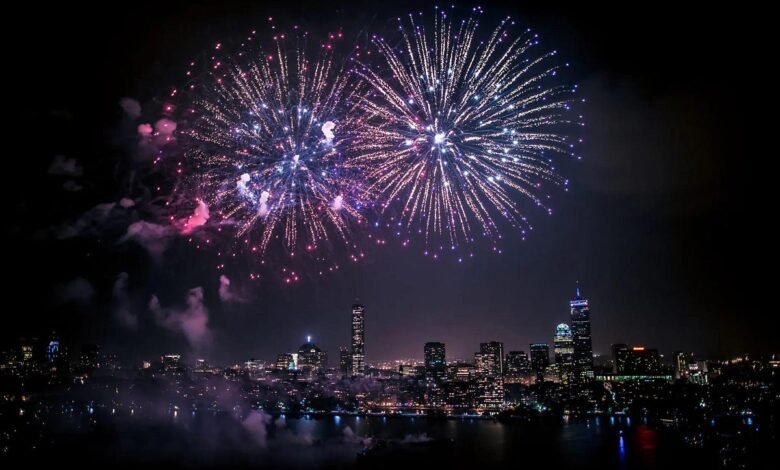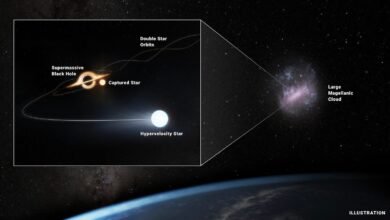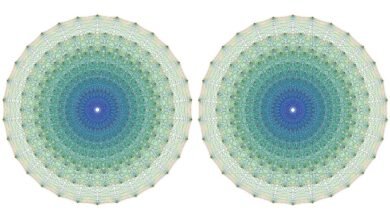The quantum physics behind fireworks displays | by Ethan Siegel | Starts With A Bang! | Jul, 2024

From the explosions themselves to their unique and vibrant colors, the fireworks displays we adore require quantum physics.
This Thursday, July 4, 2024, is remarkable for a number of reasons. It happens to be just one day before aphelion: the day where the Earth is at its most distant from the Sun as it revolves through the Solar System in its elliptical orbit. It’s the 248th anniversary of when the United States officially declared independence from, and war on, the nation of Great Britain. And it marks the annual date where the wealthiest nation in the world sets off more explosives — in the form of fireworks — than any other.
Whether you’re an amateur hobbyist, a professional installer, or simply a spectator, fireworks shows are driven by the same laws of physics that govern all of nature. Individual fireworks all contain the same four component stages: launch, fuse, burst charges, and stars. Without quantum physics, not a single one of them would be possible. Here’s the science behind how every component of these spectacular shows works.
Source link





